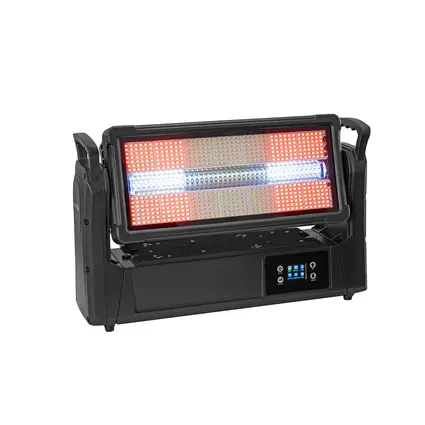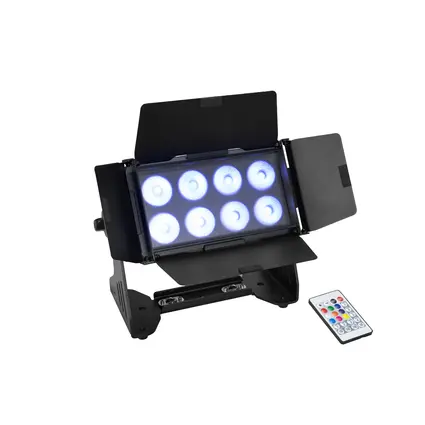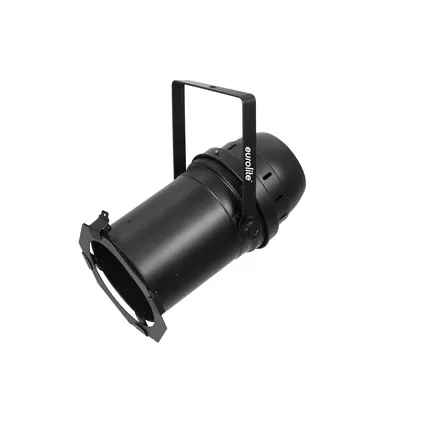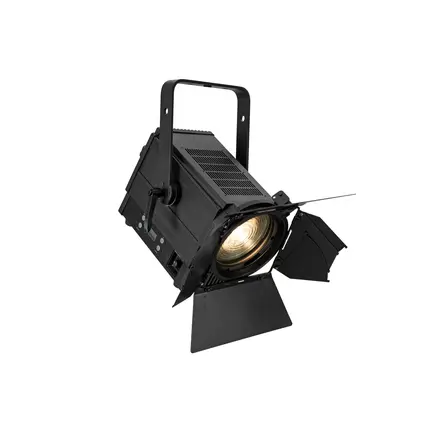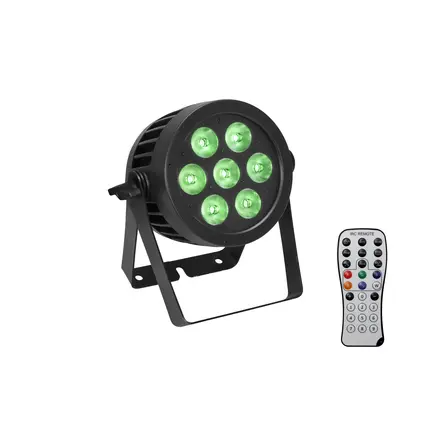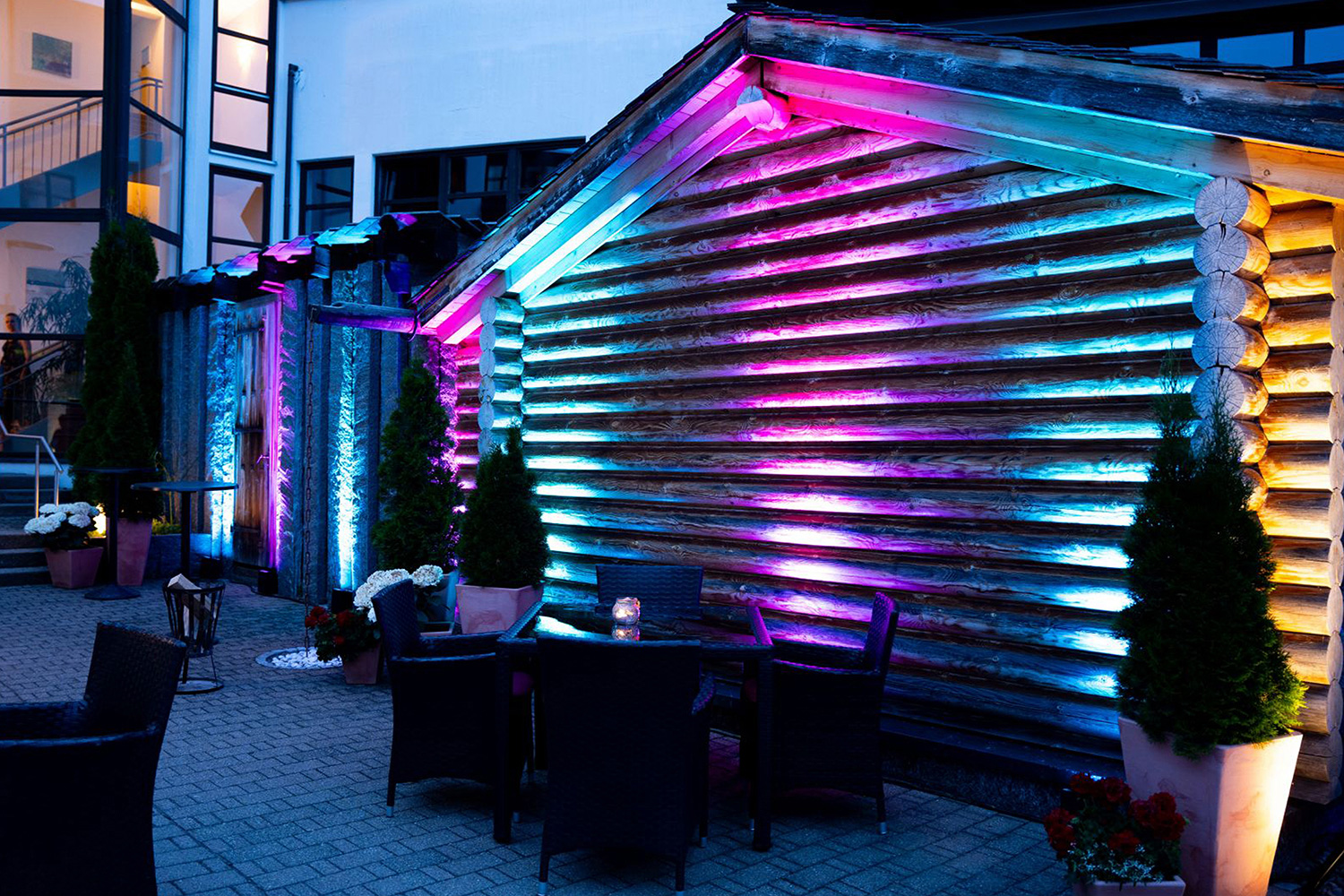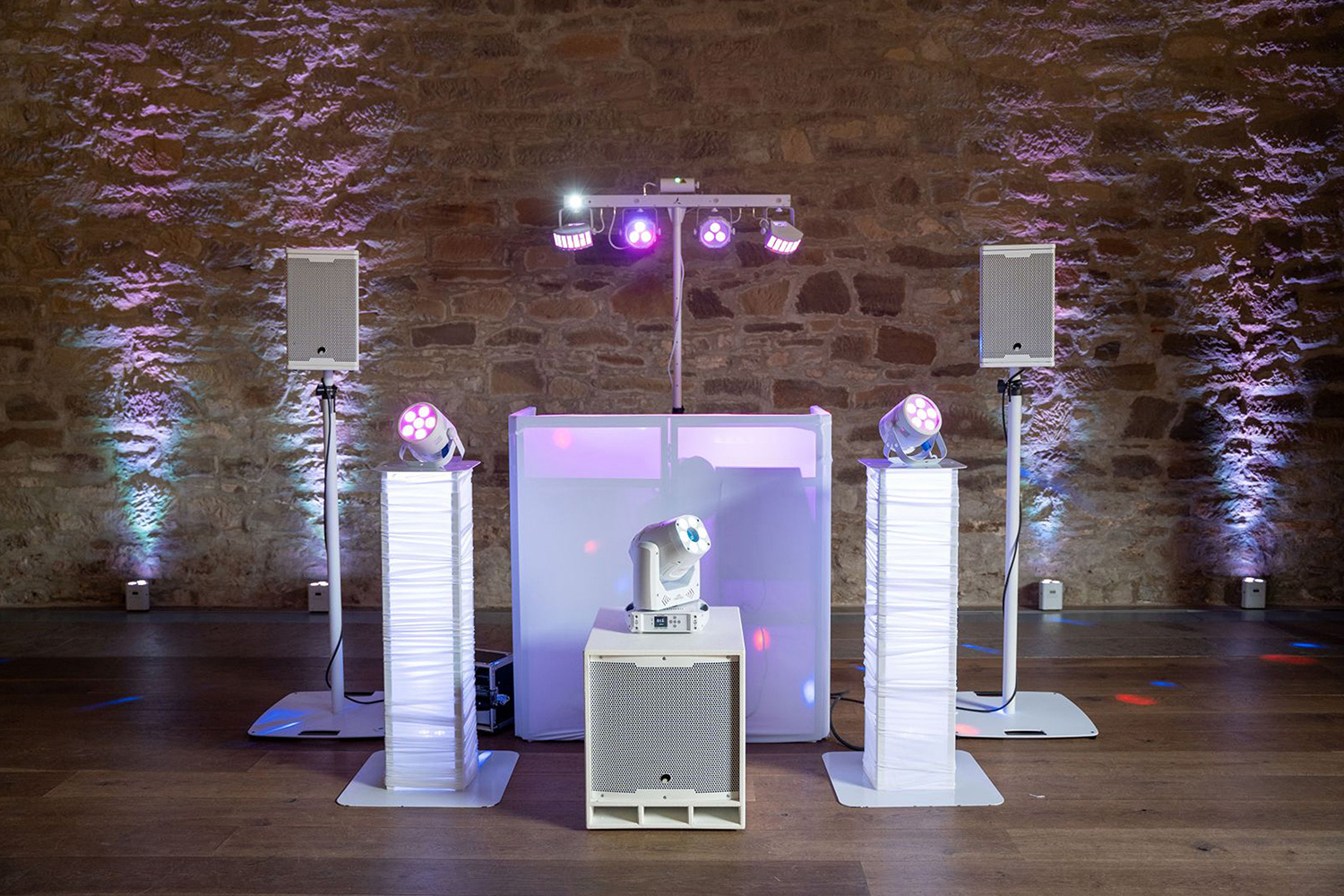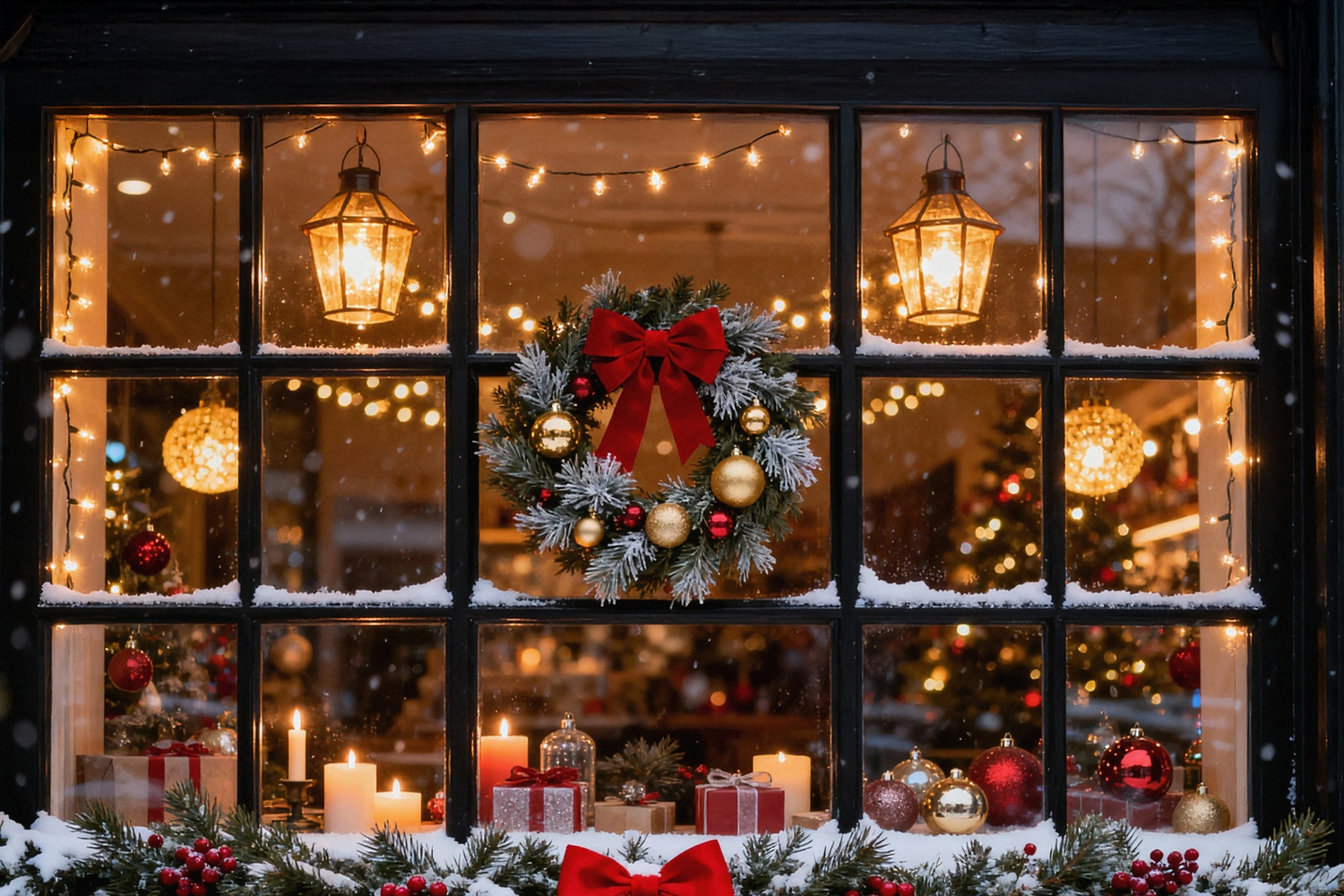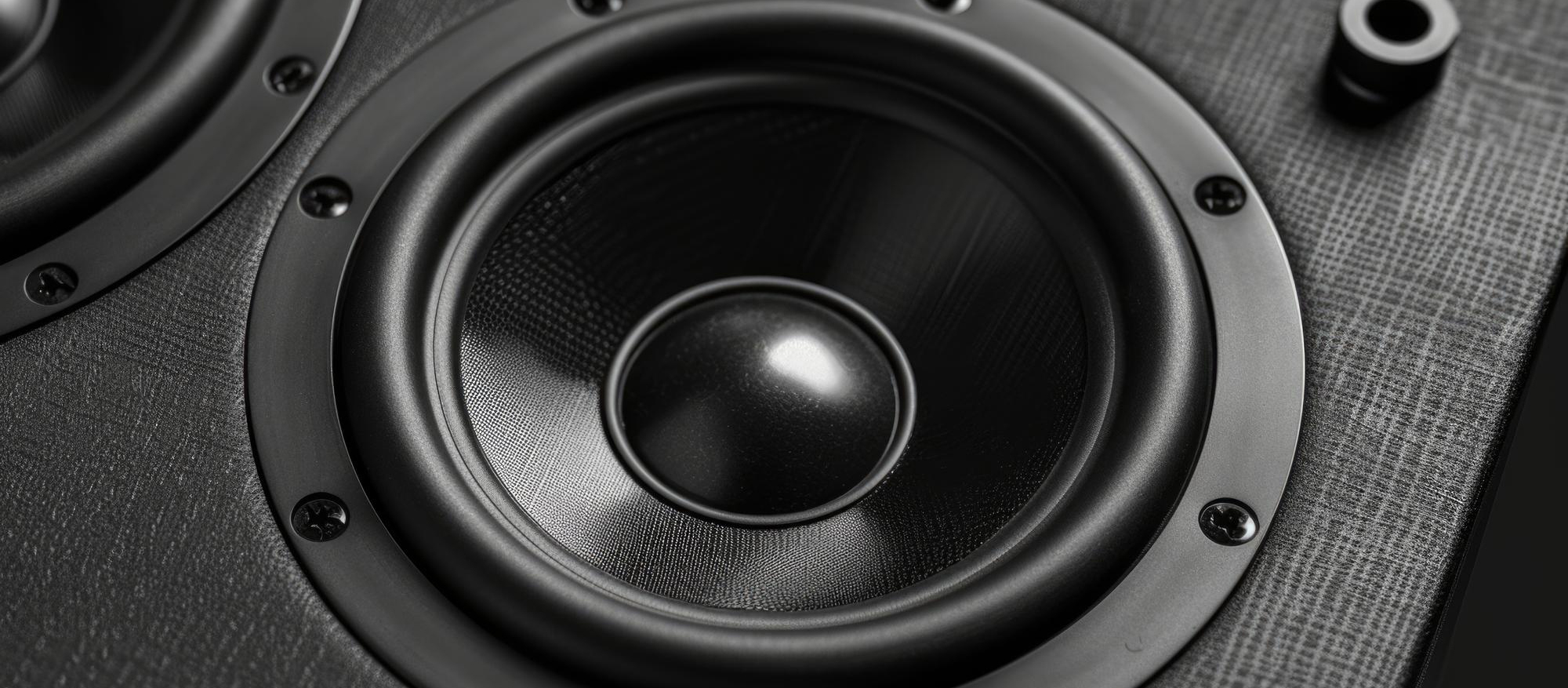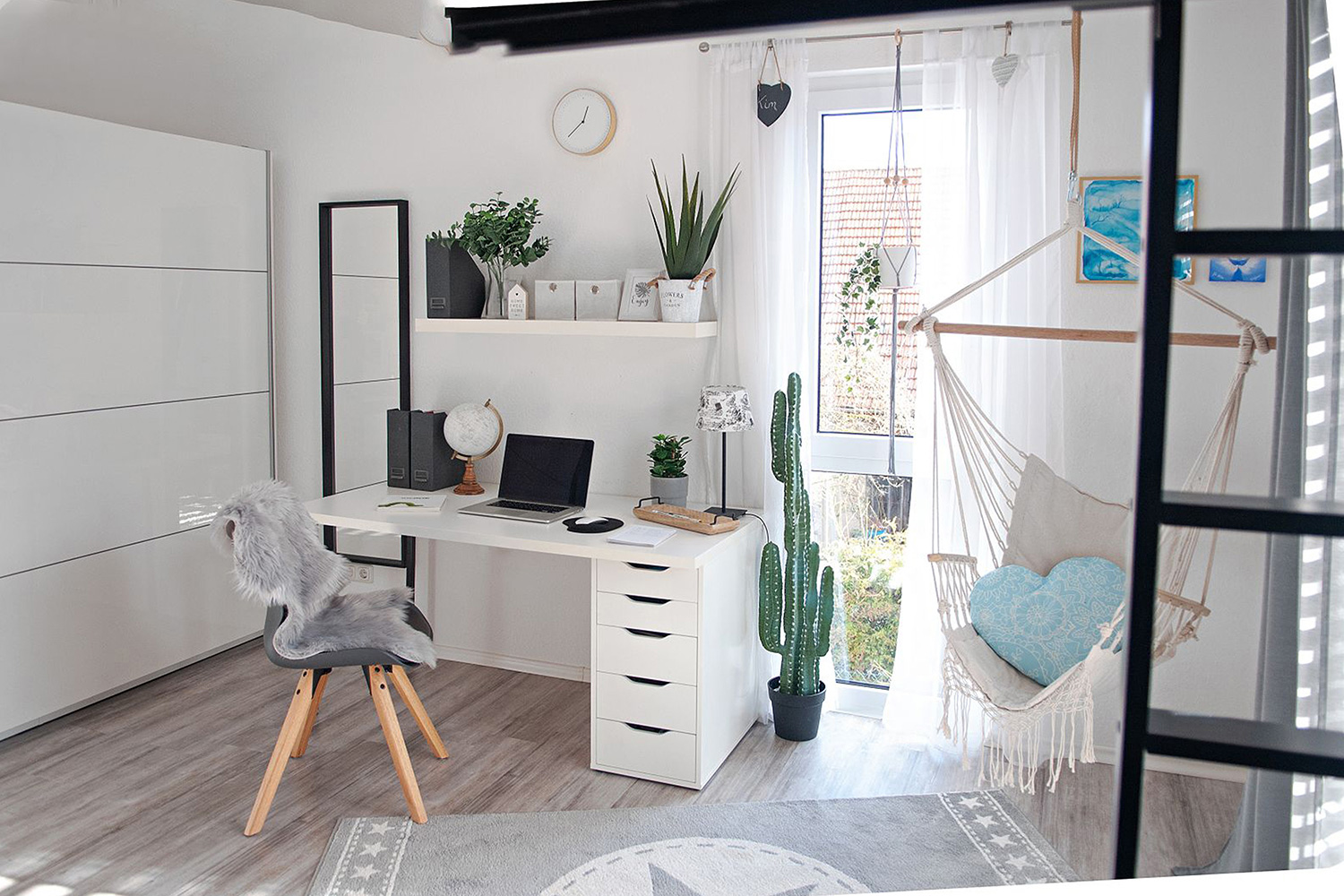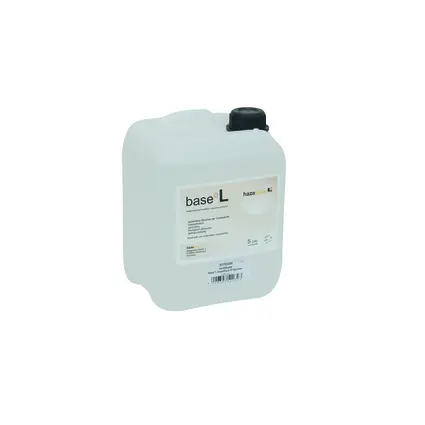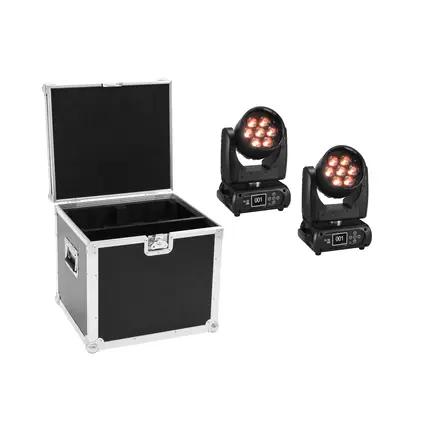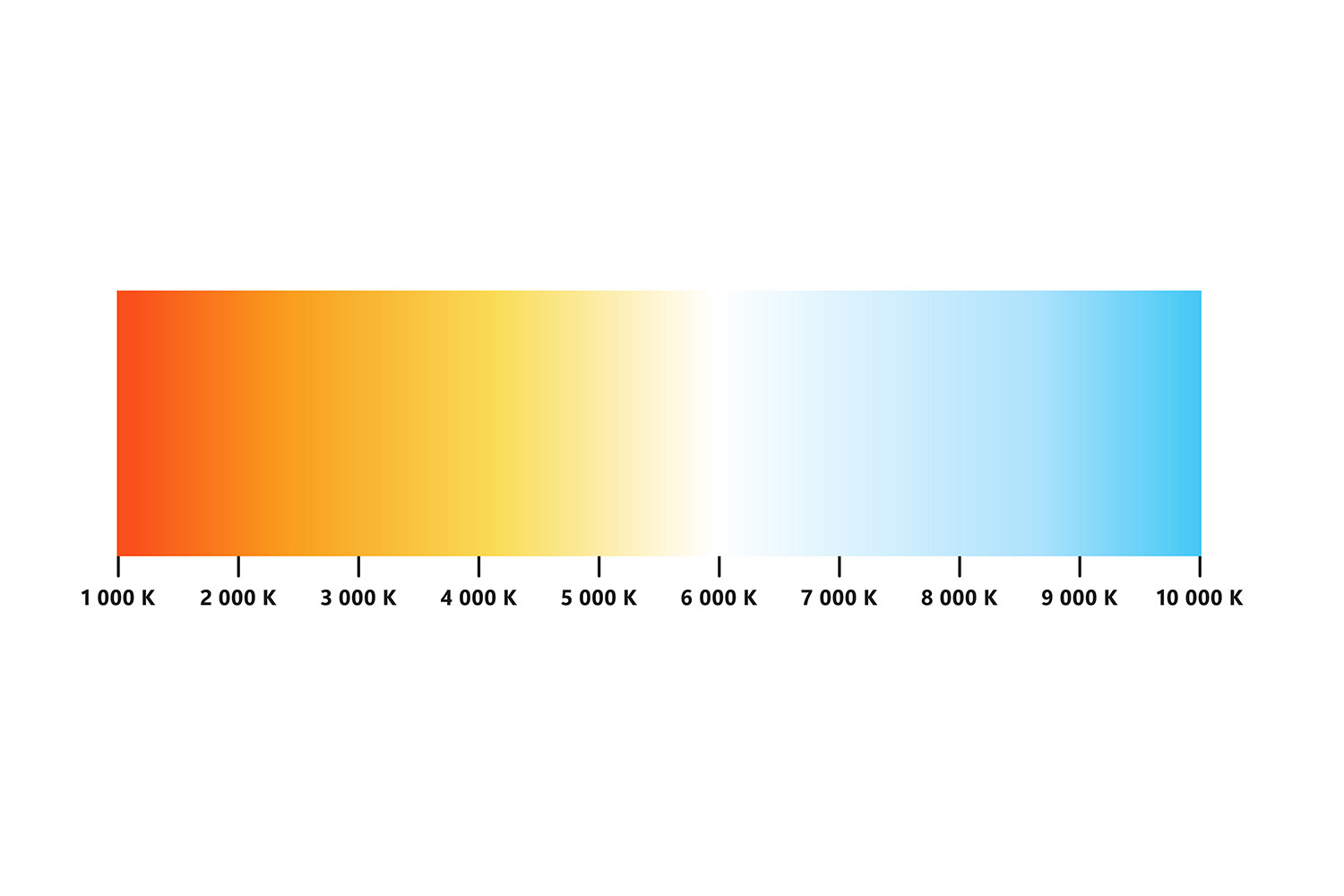
In the world of event technology, lighting plays a crucial role in creating the desired atmosphere. Among the key elements to understand is color temperature. In this article, we dive into the topic of color temperature to understand where the terms "cool" and "warm" light come from and how color temperature influences event lighting.
Contents
1. What does the color temperature scale mean?
Color temperature is measured in Kelvin (K) and describes the light spectrum emitted by a white light source. It indicates whether the light appears warm, neutral, or cool. The scale typically ranges from warm white 2700K, which creates a cozy and inviting atmosphere, to cool white 6500K, which promotes a clear and focused mood.
Warm White: 2700K - 3000K
Warm white light creates a cozy and inviting atmosphere, ideal for relaxed events or romantic evening gatherings. It mimics the natural glow of a sunset and is perfect for areas where guests should feel comfortable.
Neutral White: 3100K - 4500K
Neutral white light is the golden mean, creating a balanced atmosphere without appearing too warm or too cool. It is excellent for seminars, exhibitions, and other events where clear visibility is important without sacrificing coziness.
Cool White: 4600K - 6500K
Cool white light creates a very vibrant and energetic environment. It is ideal for modern events where innovation and clarity are prioritized, such as product presentations or art exhibitions.
2. Where do the classifications of "warm" and "cool" come from, and why are lower color temperatures warmer than higher ones?
The classification of light colors into "warm" and "cool" originates from physics and the observation of so-called black bodies. A black body is an idealized physical body that absorbs all radiation falling on it and reflects nothing. When this body is heated, it begins to glow and goes through a color palette—from red to yellow, white, and finally blue. The initial "glow" of the black body, at lower temperatures, is reddish, which is why we refer to low color temperatures as warm. The higher the black body is heated, the brighter and bluer it appears—hence, we refer to higher color temperatures as cool.
3. The impact on event lighting
Choosing the right color temperature is a crucial aspect of designing lighting concepts for events, as it significantly influences the mood and perception of the space. Warm white light, with a color temperature of about 2700 to 3000 Kelvin, creates a cozy and calming atmosphere, particularly suitable for social events like weddings or dinner parties. It simulates the gentle glow of a sunset, helping guests feel relaxed and comfortable. On the other hand, cool white light, with a color temperature of 5000 to 6500 Kelvin, is invigorating and almost sterile. It is ideal for situations requiring high concentration or where attention needs to be directed to specific areas or objects, such as art exhibitions or lecture halls. With its clear, bright appearance, it promotes alertness and can help highlight important details. Neutral white light, positioned between warm and cool white light with a color temperature of about 3500 to 4500 Kelvin, offers balanced and natural lighting. This color temperature is excellent for offices, conference rooms, or retail environments, as it provides clear visibility without appearing too cold. It creates an inviting environment that can feel both relaxing and energizing, supporting a variety of activities.
4. Conclusion
Color temperature is a powerful tool in event technology that allows the creation of the desired mood and atmosphere. Whether one wants to create a warm, welcoming environment or a cool, attention-grabbing scene, the right color temperature can make all the difference. With LED spotlights offering a wide range of color temperatures, event technicians have the flexibility to create any desired mood.
